Have you ever found yourself playing referee in your own living room—caught between the love of your life and your four-legged best friend? It’s a heart-tugging, sometimes hilarious, and often exhausting dance. One wants snuggles on the couch, the other wants fur-free cushions. Maybe your spouse is a neat freak, and your pup is a tornado with a tail. Or perhaps your dog’s barking drives your partner up the wall, but to you, it’s just part of home. When your spouse and your dog don’t see eye to eye, it can test your patience, your loyalty, and even your sanity. But don’t worry, you’re not alone. Here are twenty powerful strategies to help you restore harmony in your home—and maybe even get everyone’s tails wagging.
Open Up Honest Communication

The very first step is to talk openly with your spouse. It sounds simple, but so many problems fester because nobody wants to hurt feelings. Sit down together, away from the dog, and share your true feelings about the situation. Use “I” statements rather than blaming—say, “I feel stressed when the dog barks at night,” instead of “You never control the dog.” Listen as much as you speak. Sometimes, just being heard can melt away resentment. Remember, both your spouse and your dog are important, and you’re trying to find common ground, not pick sides. Honesty is the leash that keeps misunderstandings from running wild.
Understand Your Dog’s Perspective
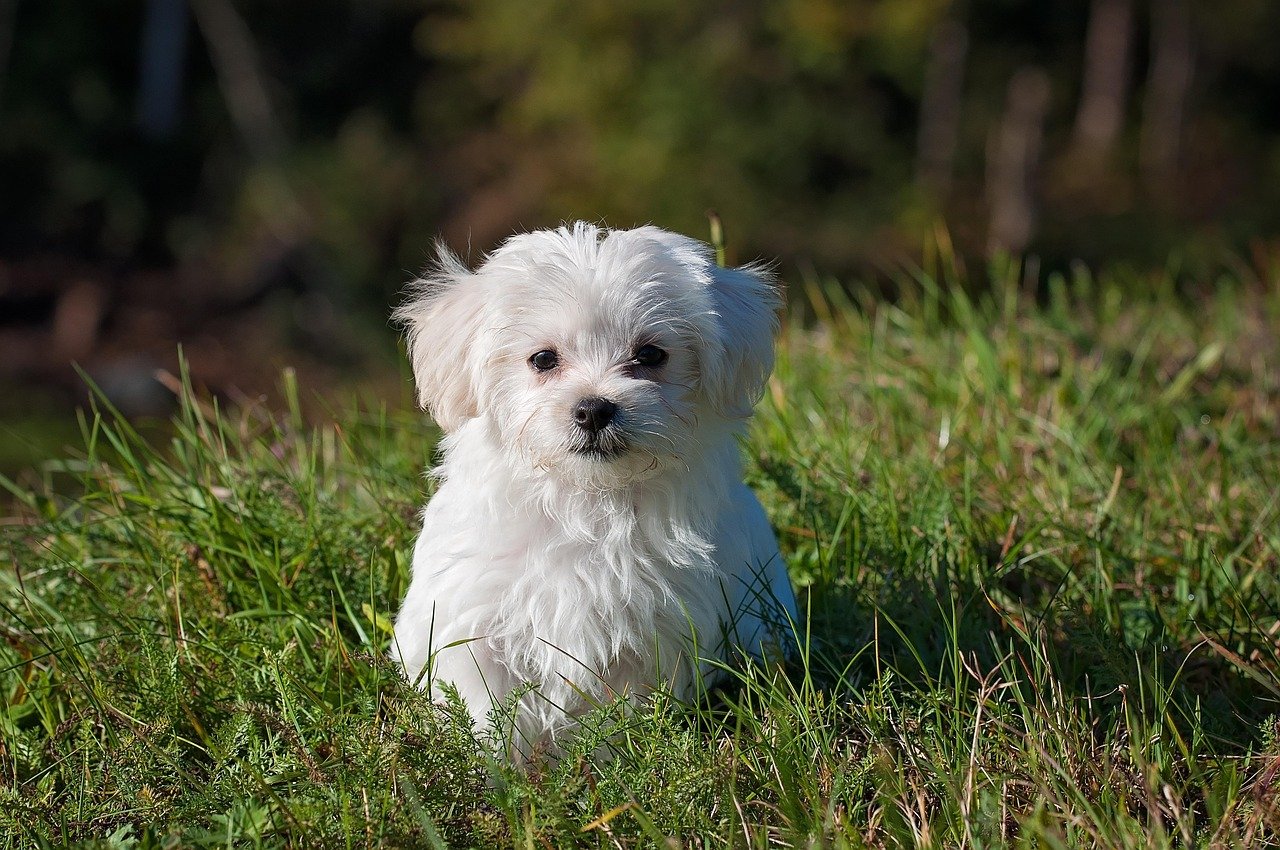
Try to see the world through your dog’s eyes. Dogs don’t know about house rules or social expectations—they act on instinct and emotion. Maybe your pup jumps up because he’s excited, not because he wants to annoy your spouse. Share this insight with your partner. Sometimes, knowing that the dog isn’t being defiant on purpose can soften even the most frustrated heart. Empathy goes a long way. Imagine if someone expected you to understand a language you’d never learned—patience is key.
Identify the Main Source of Conflict
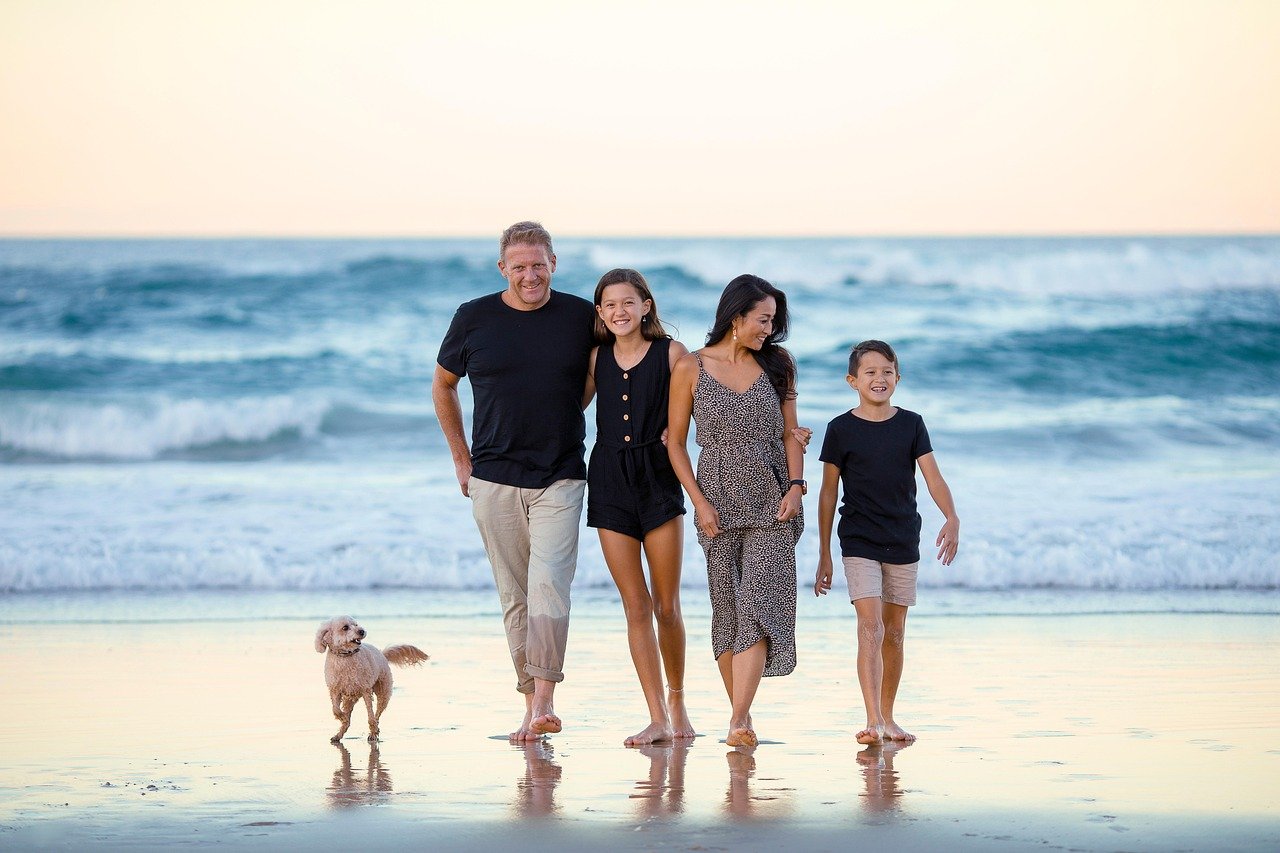
Get specific about what’s causing friction. Is it barking, shedding, chewing, or jealousy? Maybe your spouse feels left out when the dog gets all your attention. Pinpointing the exact trigger helps you target the problem more effectively. Make a list together of the top issues. This isn’t about blaming, but about clarifying. Once you know what’s really bothering everyone, you can start finding real solutions instead of just arguing in circles.
Set Clear Boundaries and Rules
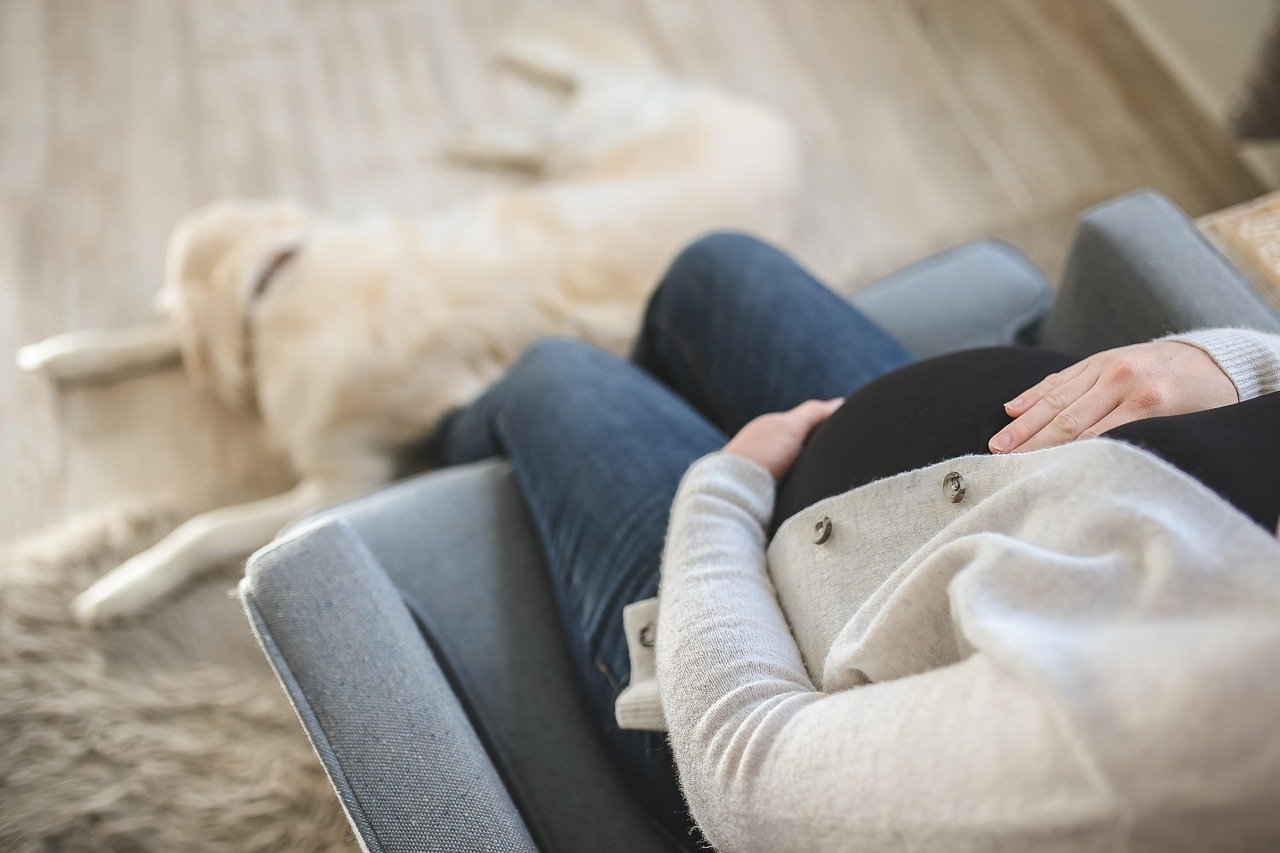
Sometimes humans, just like dogs, need boundaries. Decide together what’s allowed and what’s not. Can the dog sleep in the bed? Is the kitchen off-limits? Write down your new rules and stick them on the fridge if you have to. Consistency helps both your partner and your pup know what to expect. When the rules are clear, everyone feels more secure. Remember, boundaries aren’t about punishment—they’re about creating peace.
Divide Dog-Related Responsibilities
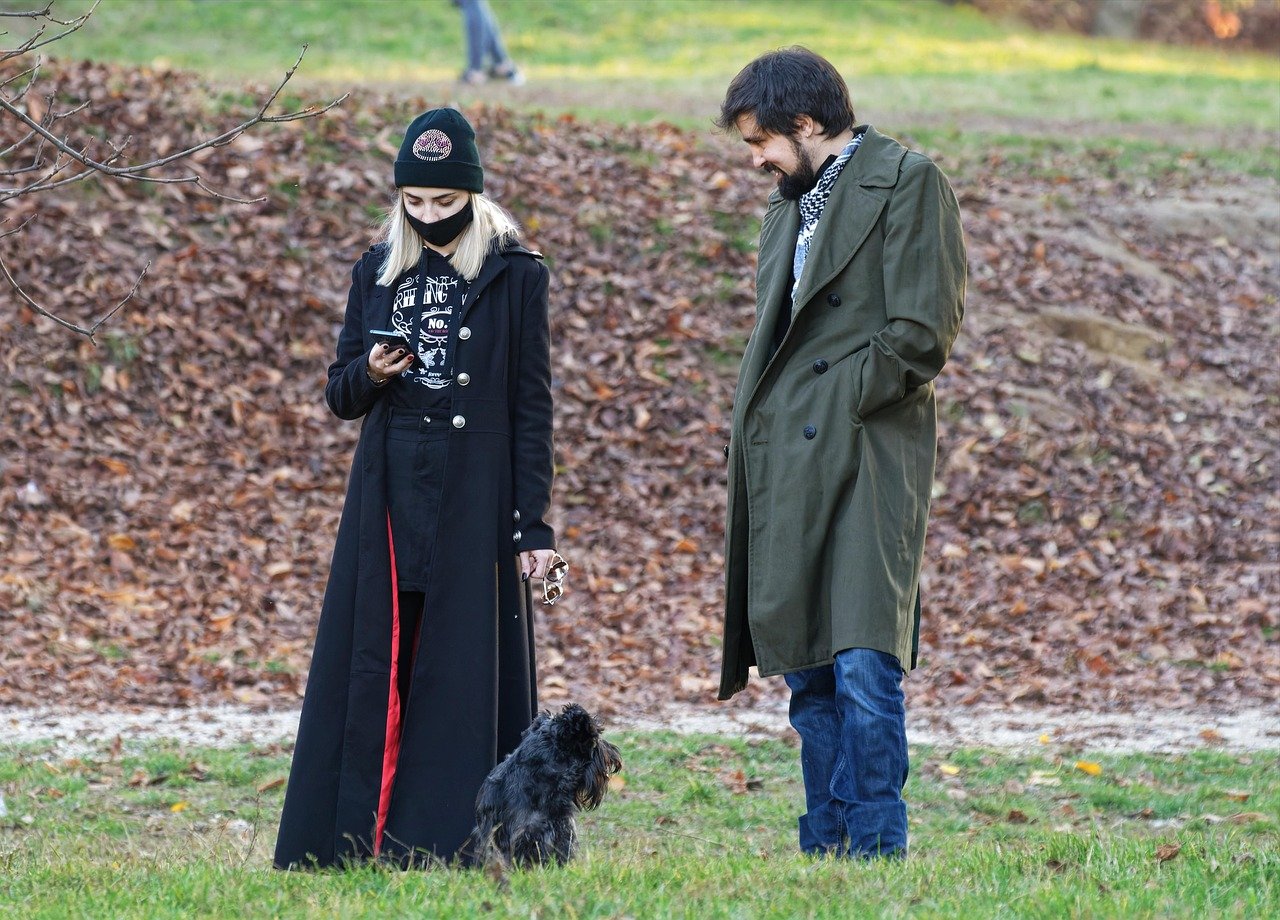
One common cause of tension is when one partner feels stuck with all the dog chores. Make a fair plan for walking, feeding, grooming, and vet visits. Maybe you love long walks, but your spouse prefers quick strolls—find a balance. Use a shared calendar or app to keep track. When responsibilities are shared, resentment shrinks. Your dog will notice the teamwork, too, and feel more comfortable with both of you.
Include Your Spouse in Dog Activities
Invite your partner to join you and your dog for walks, training, or playtime. Make it fun—bring treats, toys, or plan a picnic in the park. Sometimes, conflict melts away when positive memories are made together. If your spouse is hesitant, start small. Even tossing a ball in the backyard can break the ice. The goal isn’t to force a bond, but to create opportunities for connection.
Train Your Dog Consistently
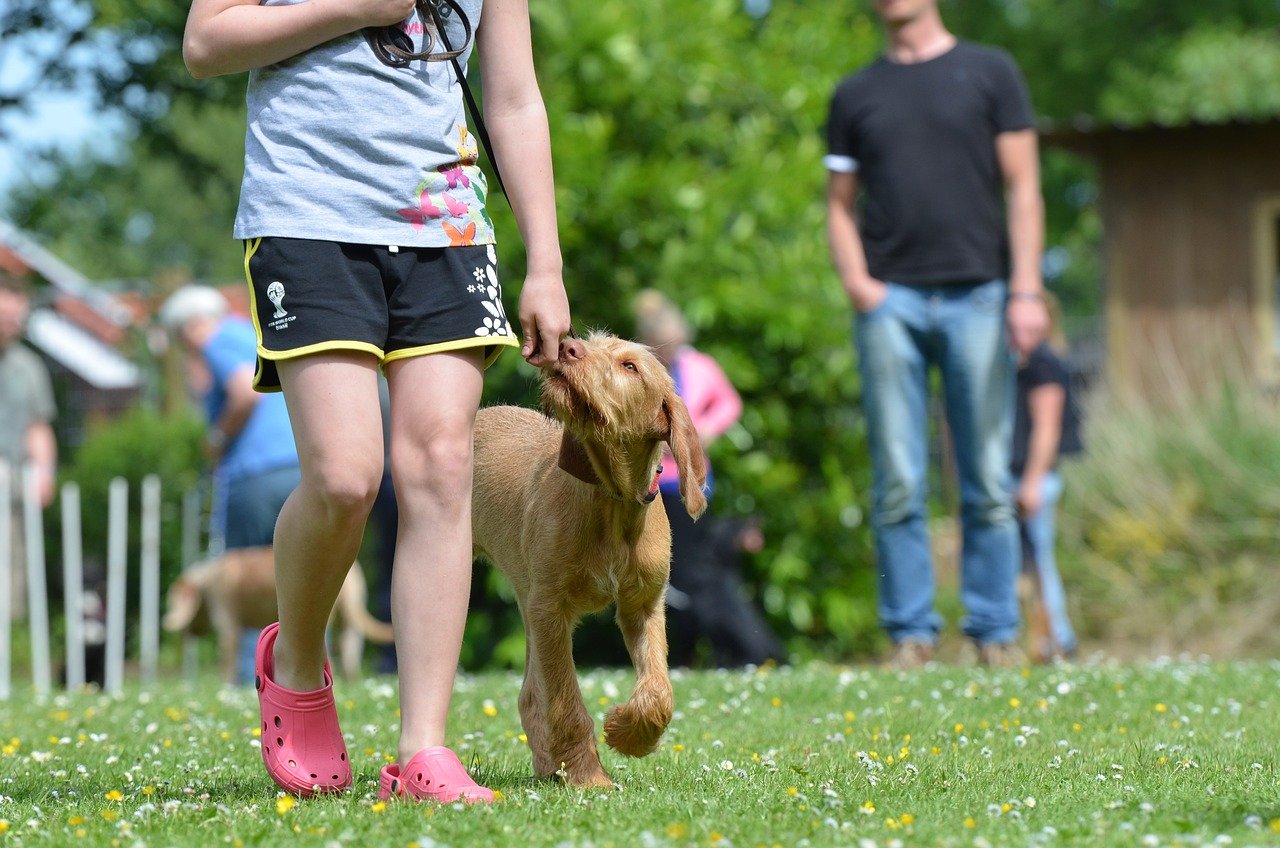
A well-behaved dog is easier for everyone to love. Make training a team effort. Sign up for an obedience class together, or follow online tutorials as a couple. Use the same commands and rewards so your dog doesn’t get confused. Celebrate small wins as a family. Consistent training not only makes life smoother, it also builds trust between all three of you.
Practice Patience and Compassion

Change doesn’t happen overnight. Remind yourself—and your spouse—that both humans and dogs need time to adjust. There will be setbacks and frustrating days. Take deep breaths, give yourself grace, and remember why you fell in love with both your partner and your pup. Sometimes, the best thing you can do is laugh at the chaos and keep going. Kindness is a glue stronger than any argument.
Establish Dog-Free Zones
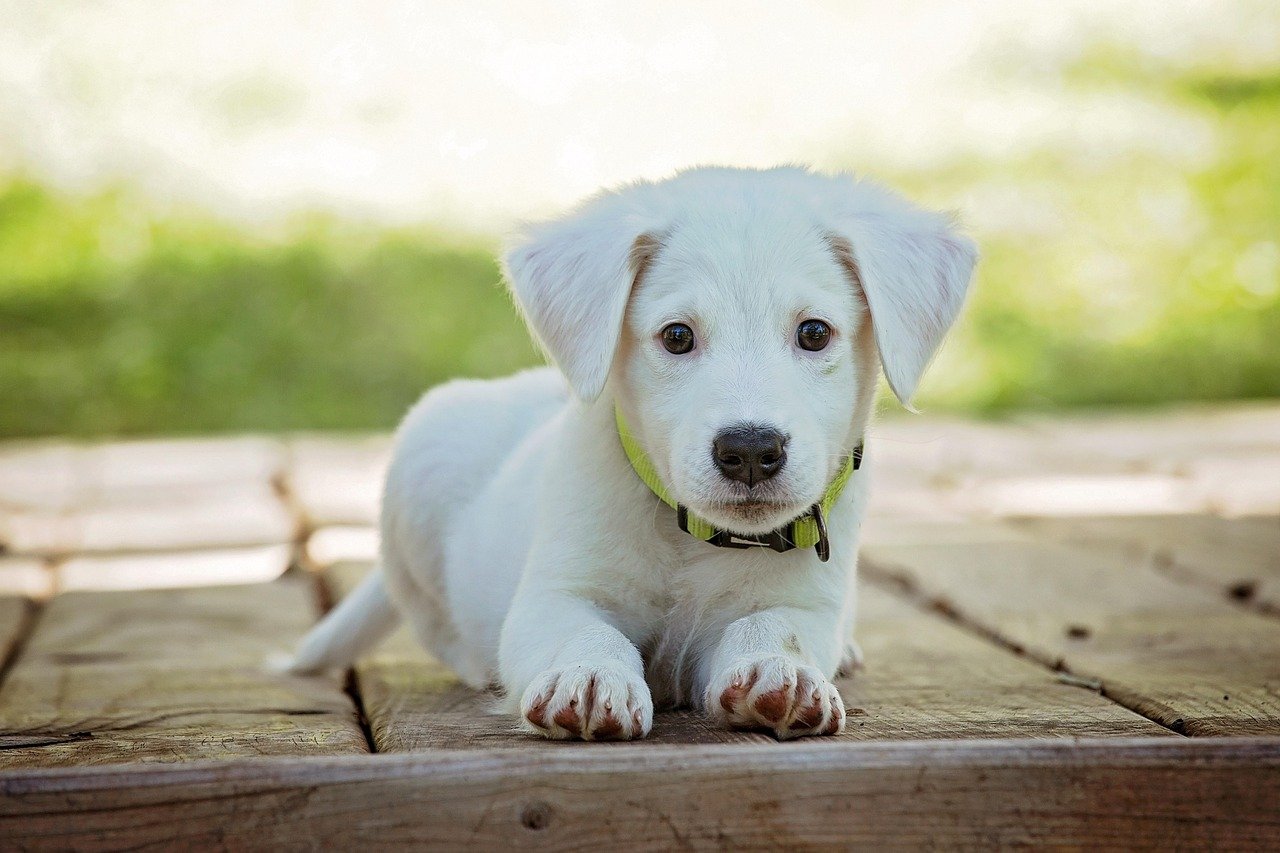
If fur or slobber is a big issue, designate certain areas as dog-free zones. Maybe the bedroom stays off-limits, or you set up a cozy dog bed in the living room. This gives your spouse a space to relax and recharge, fur-free. It’s not about exclusion—it’s about compromise. Your dog will quickly learn where they’re allowed, especially with positive reinforcement.
Address Jealousy Head-On
Sometimes, the real problem isn’t the dog at all—it’s the feeling of being second best. If your spouse feels like you love the dog more, talk about it honestly. Schedule regular date nights, and make sure your partner gets undivided attention. Remind them that they’re your person, no matter how cute the dog is. A little reassurance can work miracles.
Invest in Professional Training or Counseling
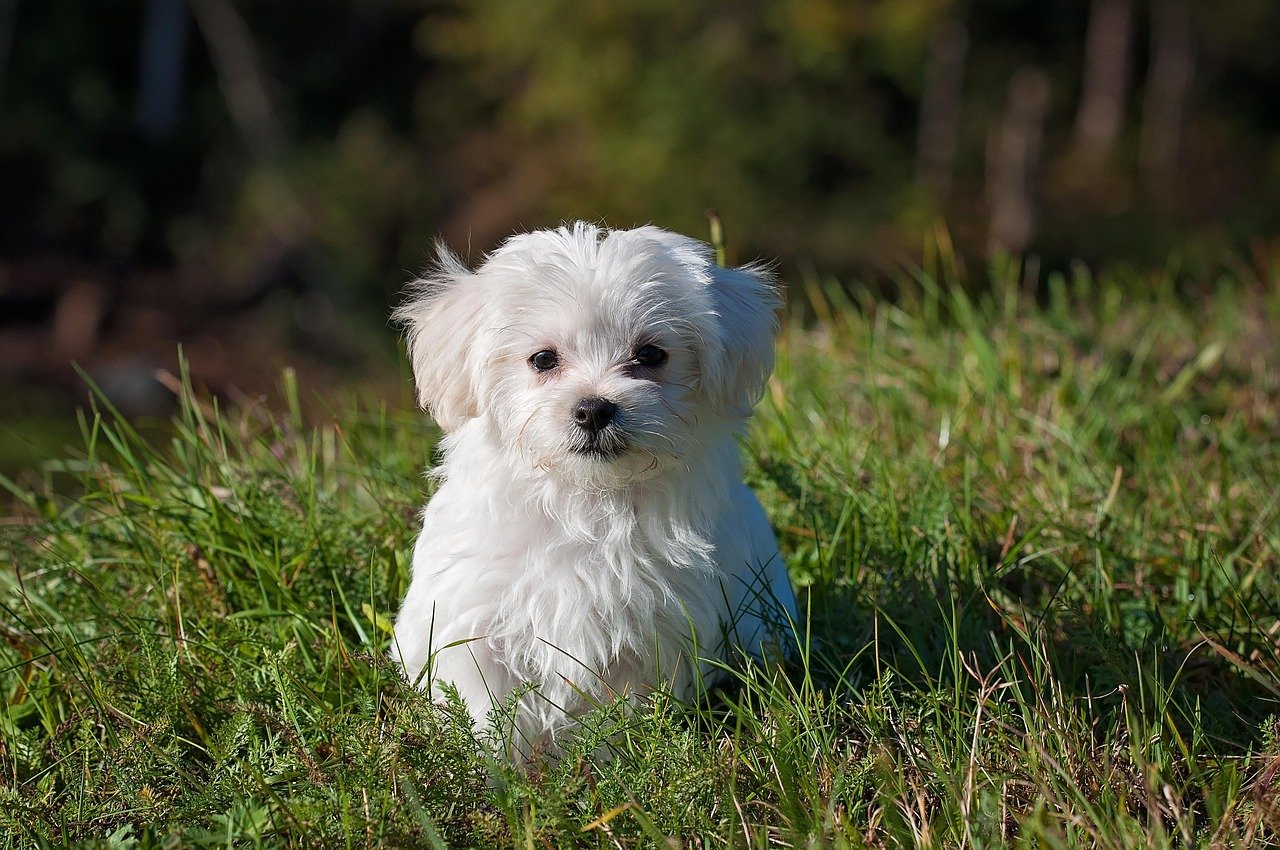
If the conflict is intense or long-standing, don’t be afraid to ask for help. A professional dog trainer can work wonders with stubborn behavior. If emotions are running high between you and your spouse, couples counseling can help you both feel heard and supported. There’s no shame in getting expert advice—it shows you care enough to fix things, not just sweep them under the rug.
Use Positive Reinforcement for Both
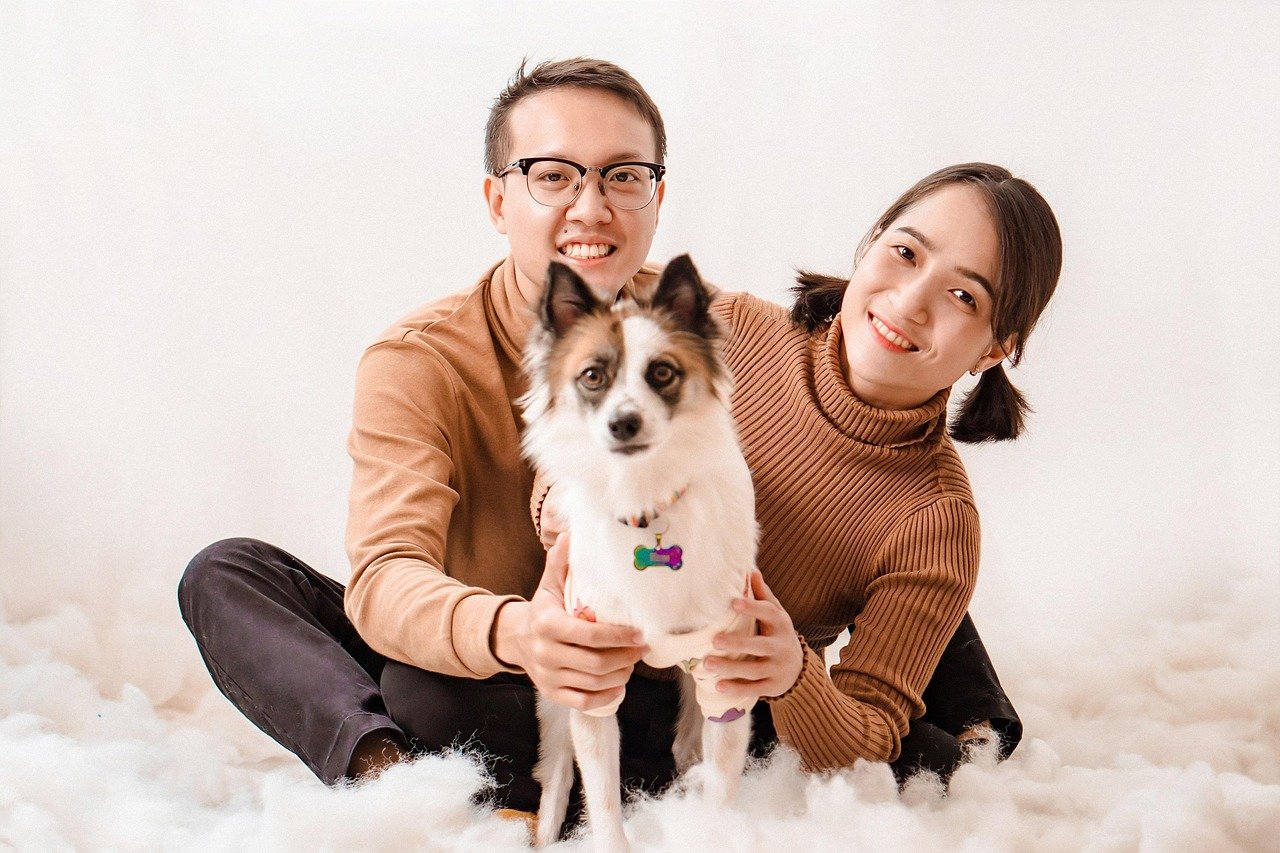
Just like dogs thrive on treats and praise, so do people. When your spouse tries to connect with your dog or makes an effort, show appreciation. A simple “thank you” or a hug can mean a lot. Celebrate your dog’s progress, too. Positive energy is contagious—soon, you’ll all be looking for ways to make each other happy.
Limit Stress and Overstimulation
Dogs can pick up on tension in the home, which can make bad behavior worse. If arguments are frequent, your dog might act out by barking, chewing, or even hiding. Try to keep routines calm and predictable. Play soothing music, keep voices gentle, and avoid chaotic situations when possible. A peaceful home helps everyone feel more secure.
Find Common Ground Through Shared Goals
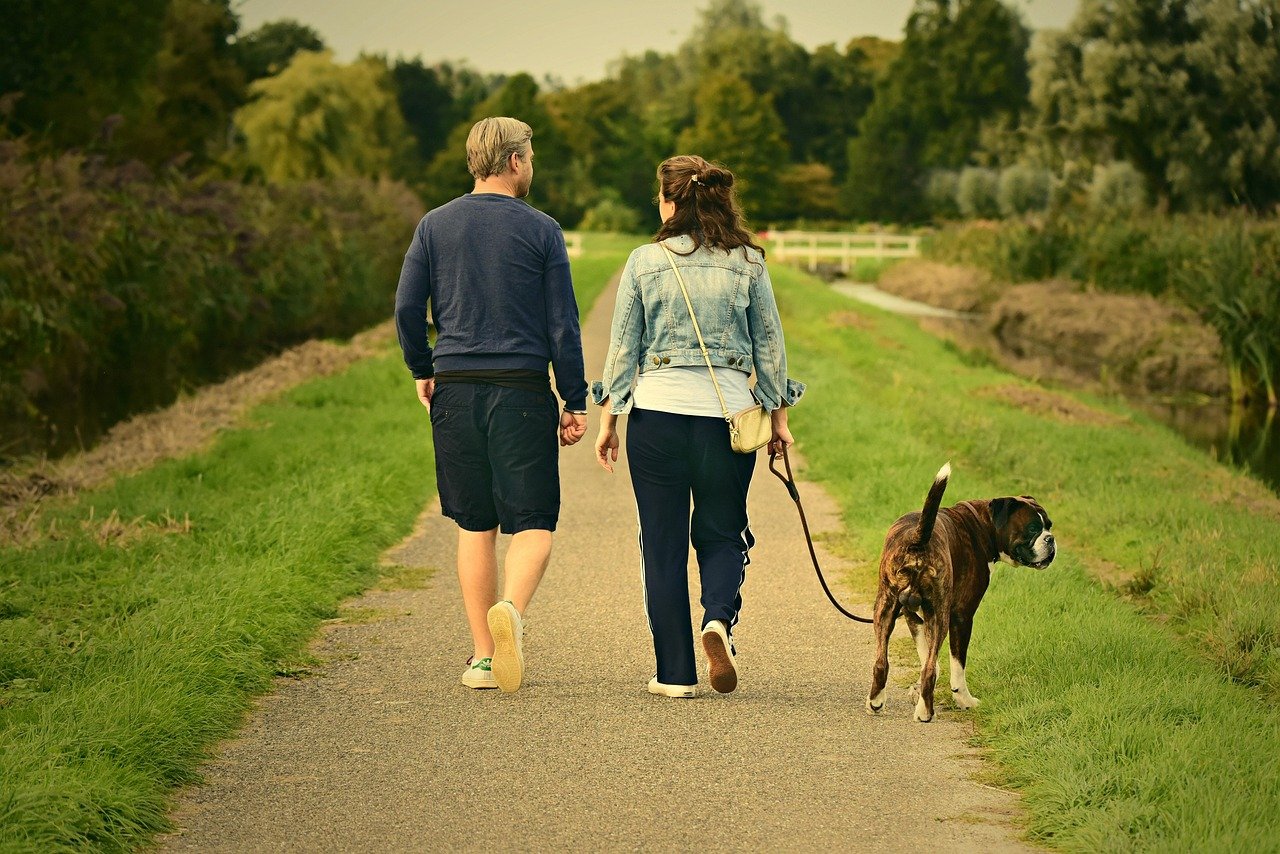
What do you both want for your home? Maybe it’s peace and quiet, a clean floor, or a happy, healthy pup. Focus on these shared goals when disagreements arise. When both partners see that you’re working toward the same thing, it’s easier to let go of petty annoyances. Teamwork makes the dream work—even if the dream includes muddy paw prints.
Create a Routine Everyone Can Live With
Dogs love routine, and so do people. Establish a daily schedule for feeding, walks, playtime, and quiet time. Share this routine with your spouse so they know what to expect. Predictability reduces anxiety for everyone, including your furry friend. When everyone’s on the same page, life feels a lot less chaotic.
Respect Each Other’s Limits
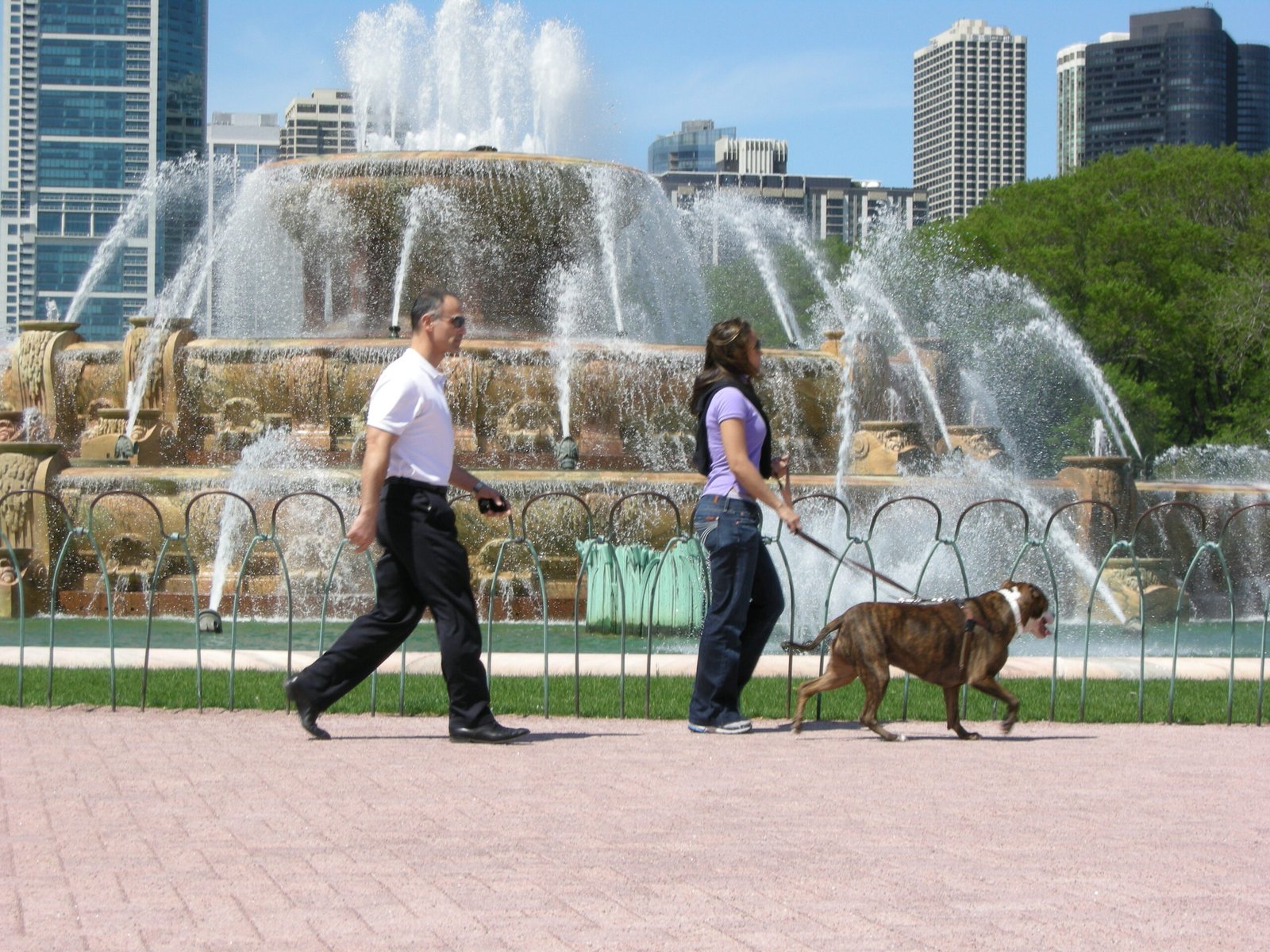
Maybe your spouse just can’t handle a licky face or a jumping greeting—and that’s okay. Respect their limits without judgment. Encourage your dog to greet gently or sit at your spouse’s feet instead of leaping into their lap. When everyone feels respected, resentment has no room to grow. It’s about meeting in the middle, not forcing anyone to love slobber.
Encourage Solo Bonding Time
Give your spouse and your dog a chance to spend time together, one on one. Maybe your partner can give treats after work, or take your pup for a short walk. Sometimes, connection grows when you step back. Don’t hover—let them figure each other out at their own pace. You might be surprised how quickly a bond forms when you’re not in the middle.
Address Underlying Issues Promptly
Sometimes, dog-related conflict is a symptom of deeper issues—stress at work, lack of sleep, or bigger relationship problems. Don’t ignore these signals. If you notice patterns, gently bring them up. “I’ve noticed we argue more when you’re tired; is there anything I can do?” Tackling root causes can prevent small annoyances from becoming big blowouts.
Focus on the Good Moments

Make an effort to notice and celebrate the positive interactions between your spouse and your dog. Snap photos of them together, or share funny stories at dinner. Gratitude is like sunlight—what you focus on grows. The more you acknowledge the good, the more you’ll see it happening.
Be Willing to Compromise—and Keep Trying
Not every problem has a perfect solution. Maybe your spouse will never love dog hair, and your pup will always bark at the mailman. That’s okay. What matters is your willingness to keep trying, to keep loving, and to keep showing up. Sometimes, the best families are the ones that embrace their quirks and love each other anyway. Isn’t that what makes a house a home?
Jen is a passionate nature lover and ocean conservationist. She has dedicated her life to protecting the environment and preserving the beauty of the natural world. Growing up in a small coastal town, Jen sincerely appreciated the ocean and its inhabitants. She has spent countless hours exploring the shoreline, learning about the creatures that inhabit the waters, and advocating for their protection. Jen is an active member of ocean conservation organizations, and she is committed to educating the public about the importance of conserving wildlife and the natural environment.






